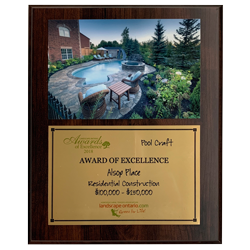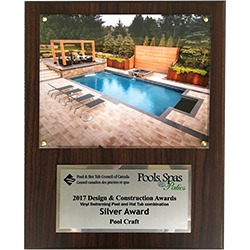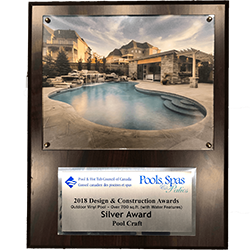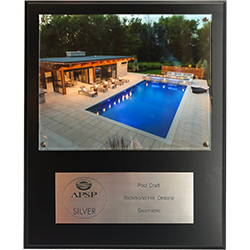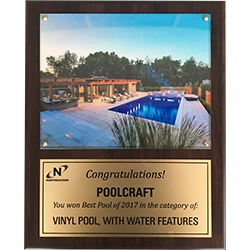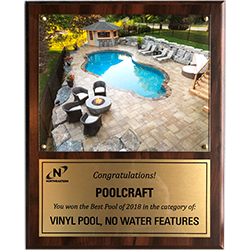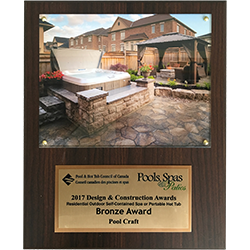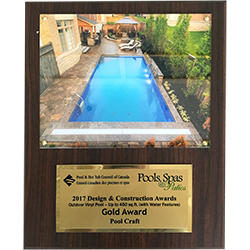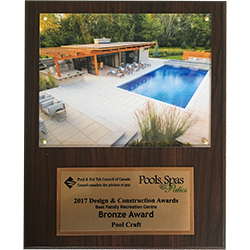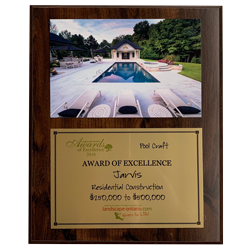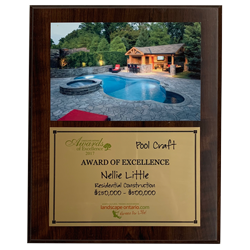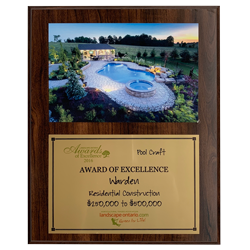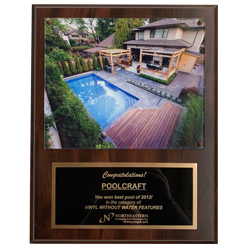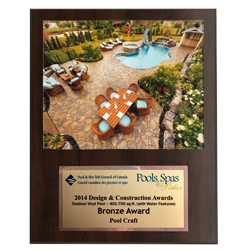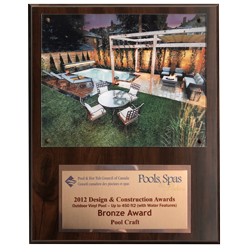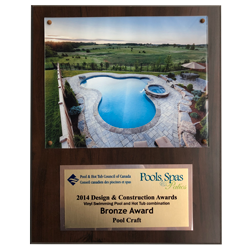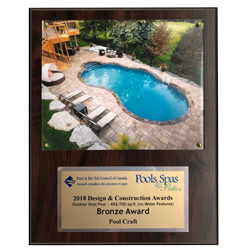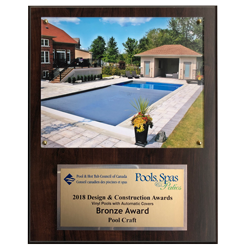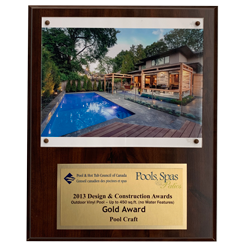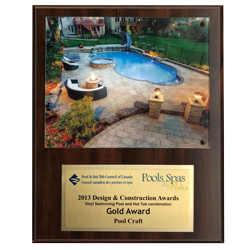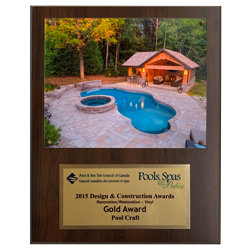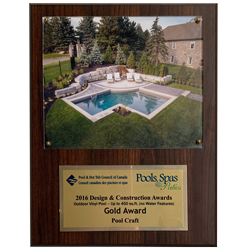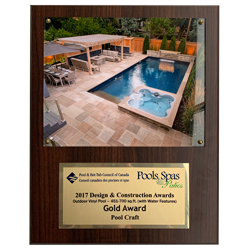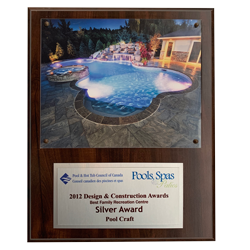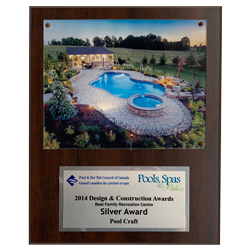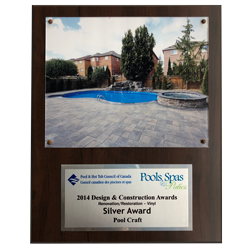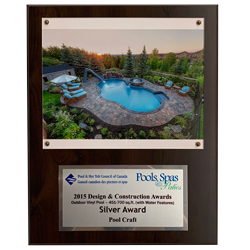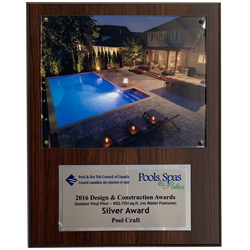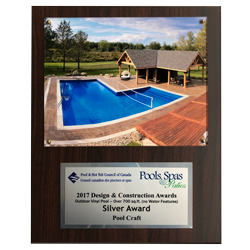Filtration is a critical component of your swimming pool; It’s what keeps your water clear and safe. When water is pushed through your filtration system, debris and contaminants are trapped in the filter, removing them from the water recirculated back into the pool.
By continuously circulating the water through the filtration system, the filter removes the impurities, helping prevent algae growth, bacteria buildup, and other water quality issues.
The two most popular options are sand filters, and cartridge filters. So which one is best for your pool? Well, that really depends on your environment. Lets review both options.
SAND FILTES:
Sand filters work by pushing pool water through sand, catching the majority of dirt and debris, and returning the filtered water back into the pool.
The process of backwashing dislodges trapped debris from the sand in your filter, flushing it out through a hose that is connected to bottom of the filter. The pool water is reversed through the filter, and the debris is pushed out, via pool water, distributed to the street or onto your property if it’s salt water.
When the pressure guage rises 8-10 PSI above the starting pressure, or when the water flow into the pool becomes significantly reduced it’s time to backwash. Backwashing takes about 10 minutes and is performed weekly.
MAINTENANCE: You clean your sand filter by backwashing it.
COST: Sand filters tend to be less expensive upfront, but when considering the cost of the water, chemicals, and heat lost when backwashing, the cost tends to balance out.
EFFICIENCY: Sand typically filters your pool water down to 20-40 Microns, allowing smaller particles to pass into the pool water. Overall, the water clarity is lower using this type of filter and media.
CARTRIDGE FILTERS:
Cartridge filters have a single layer of filter media made of synthetic fabrics attached in pleats to a
cylindrical core. Water is pumped through the filter and passes through the cartridge, trapping dirt and debris in the fabric.
MAINTENANCE: Cartridge filters must be manually removed to be cleaned. When the filter gauge
increases 8 to 10 psi over normal or, your water flow is visibly reduced,, it’s time to clean them. Typically
cartridge cleaning takes about 20 minutes and is performed once a season. A cartridge filter is considered far less maintenance than a sand filter.
COST: The upfront cost of a cartridge filter is a few hundred dollars more then a sand filter, but no
backwashing is required. With each cleaning, you’ll only recover about 60-70 percent efficacy. So, after three or four cleanings, you’ll probably have to buy new filters.
EFFICIENCY: Cartridge filters can screen out twice as much dirt and debris as a sand filter. The larger filtration area allows the water to move through the cartridge and remove smaller particles. Pleated cartridges filter as low as .035 microns. They also pair well with variable speed pumps, slower water flow = better filtration.
WHAT DOES THIS MEAN FOR YOUR POOL?
Cartridge filters are by far the most popular option. The little maintenance required, and higher quality filtration are the main selling features.
However, while cartridge filters may seem like the obvious choice, if your yard has lots of foliage, a sand filter is recommended. Due to the advanced filtration on a cartridge system, large and consistent debris will clog your cartridges quickly, making your pressure rise quickly, requiring frequent cleaning, and shortening the lifespan of your cartridges.
Their is an option to add glass filter media to your sand filter. This option is 4-5 times more expensive then sand, however, it filters the water down to 1 micron. Adding clarifiers can also help improve the performance of a sand filter.
